Homeowners often look for solutions that protect their basements from moisture while keeping costs under control. When water seeps through walls or floors, it can create mold, damage finishes, and weaken structural elements over time. Understanding the different indoor methods available is important before committing to a repair approach.
One of the most common questions from homeowners is whether basement waterproofing Dayton Ohio services are truly effective. Many people turn to sealants, coatings like Drylok, or professional systems to reduce the risk of water intrusion. Exploring what works indoors helps clarify which choices are short-term fixes and which provide lasting results.
What Is Interior Basement Waterproofing?
Interior basement waterproofing refers to treatments and repairs done inside the basement rather than outside the foundation. Instead of preventing water from reaching the walls in the first place, these methods aim to stop moisture after it has already entered or is trying to seep inside.
For many homeowners, interior solutions are appealing because they are often more affordable than exterior excavation, products can be applied quickly with minimal disruption, and they provide a fast way to address visible leaks and dampness.
However, these treatments typically focus on controlling water rather than eliminating it at its source. That means they can help in many cases, but may not fully resolve serious foundation or drainage issues.
Using Drylok and Similar Coatings
One of the most well-known products for interior basement waterproofing is Drylok, a masonry waterproofer that coats basement walls. Drylok works by creating a barrier on the wall’s surface to block water from seeping through pores and cracks.
Benefits of Drylok
- Easy to apply with a roller or brush
- Readily available at home improvement stores
- Provides an immediate improvement in the look of basement walls
- Works well for small areas with light seepage
Limitations of Drylok
- It does not fix structural cracks or major leaks
- Pressure from groundwater may still force moisture through
- Requires multiple coats and ongoing maintenance
Drylok is best suited for basements dealing with dampness or minor seepage. If you notice pooling water or larger leaks, the product will not be enough on its own.
Interior Sealants and Epoxy Injections
Another popular option for homeowners is the use of sealants and epoxy injections. These are designed to close cracks in basement walls and floors, preventing water from entering through gaps in the concrete.
Where They Work Best
- Hairline cracks in poured concrete walls
- Small leaks where water is seeping but not gushing
- Homes without significant hydrostatic pressure around the foundation
Sealants provide a temporary fix in many cases. While they can block current leaks, new cracks often form as the foundation shifts over time. That makes them more of a maintenance measure than a one-time solution.
Interior Drainage Systems
When water problems are more serious, contractors often install interior drainage systems. These involve cutting into the basement floor, placing perforated drainpipes, and directing water into a sump pump system.
Advantages
- Actively collects and removes water
- Protects finished basements from flooding
- Works well when combined with a reliable sump pump
Considerations
- More costly than coatings or sealants
- Requires professional installation
- It does not prevent water from reaching the foundation walls; instead, it manages it once it enters
This approach is far more effective than surface sealants, especially in homes with consistent water buildup.
Is Interior Waterproofing Enough?
The big question many homeowners face is whether interior basement waterproofing alone is enough to keep a basement dry. The answer depends on the source of the moisture.
If your home only has minor seepage, coatings like Drylok may provide relief. If cracks are letting in water, sealants can temporarily hold off leaks. If groundwater builds up frequently, interior drains and sump pumps offer the strongest line of defense.
But if water is entering due to poor grading, clogged gutters, or failed exterior drainage, no amount of indoor treatment will solve the root issue. Exterior waterproofing or drainage correction may still be required.
Common Questions About Interior Waterproofing
Does Drylok stop water completely?
Drylok can block light seepage, but it is not guaranteed against high water pressure.
Is sealing basement walls a permanent fix?
No, because concrete shifts and new cracks may appear over time.
What if the sump pump fails?
Without a backup system, water could flood the basement. A battery or water-powered backup pump is highly recommended.
Should you waterproof inside or outside?
Exterior waterproofing prevents water at the source, while interior waterproofing controls it after it enters. Many homeowners benefit from a combination of both.
Professional vs DIY Waterproofing
While many interior solutions are available at hardware stores, serious basement waterproofing often requires professional installation. Contractors can assess whether your basement needs sealants, drainage systems, or a combination of methods. They also identify structural issues that DIY coatings may mask but cannot repair.
DIY methods may save money upfront, but if leaks return or worsen, the long-term costs can be higher. A professional inspection helps determine the right approach from the start.
Conclusion
Dealing with a damp basement can feel overwhelming, but the right strategy makes a major difference. Interior basement waterproofing offers both quick fixes and long-term solutions depending on the severity of the issue. While sealants and coatings may work for small problems, more comprehensive systems such as sump pumps and drainage channels provide lasting results.
Homeowners who want dependable results often turn to Dayton Basement Waterproofing Experts. The company provides a full range of interior basement waterproofing services, from crack repairs to advanced drainage systems, helping residents keep their homes safe and dry for the long term.

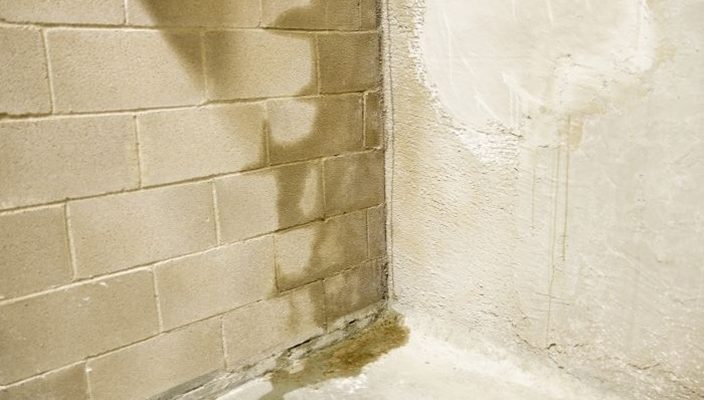


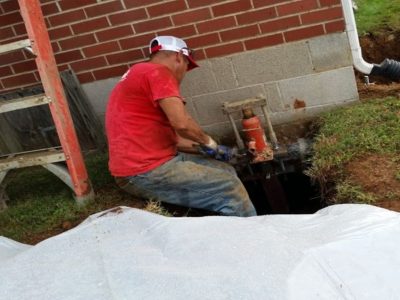
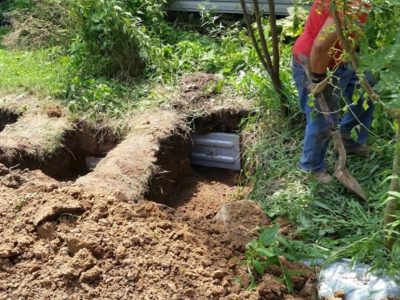
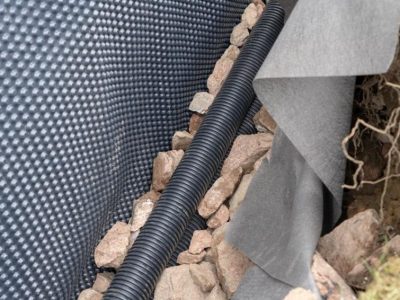
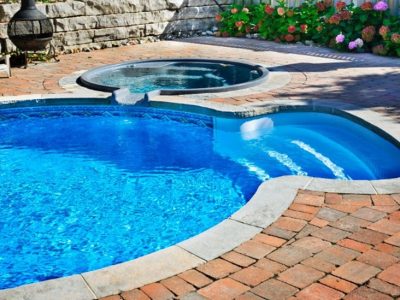


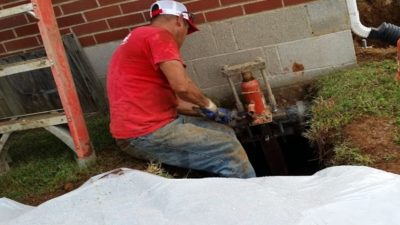
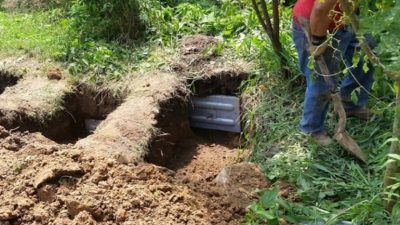
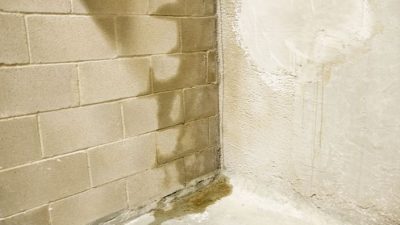


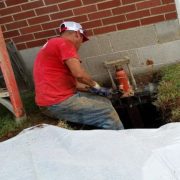
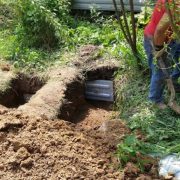
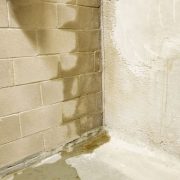
Comments